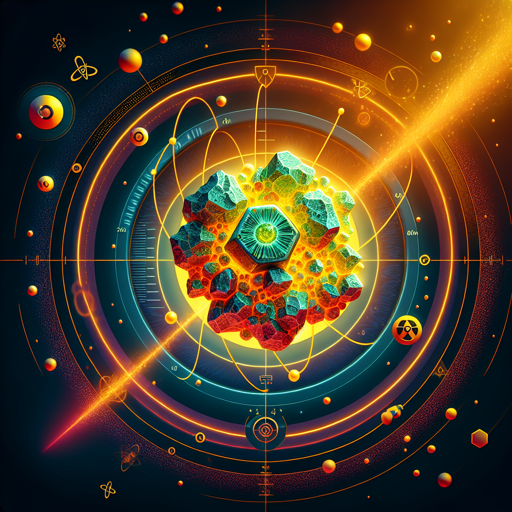Uranium: The Energy Giant Behind Nuclear Power
Unveiling the crucial role of uranium in driving the world's nuclear energy solutions.

Introduction
Uranium, an element known for its distinct yellow-green color and crystalline structure, has been a key player in the nuclear power generation industry for decades. This article aims to shed light on the significant role uranium plays in current nuclear energy solutions.
The Role of Uranium in Nuclear Power
Uranium’s importance in the nuclear energy sphere stems from its unique atomic properties. It is the heaviest naturally occurring element on earth, containing a large number of protons and neutrons in its nucleus, making it inherently unstable and thus, radioactive.
Uranium Mining and Processing
Uranium ores are mined from the earth’s crust, where they occur in concentrations higher than average. The ore is then processed in a mill, where it is crushed and leached to extract the uranium. The resulting product is known as “yellowcake,” a concentrated form of uranium oxide.
Uranium Enrichment and Fuel Fabrication
The extracted uranium requires further processing to be used as fuel in nuclear reactors. This process, known as enrichment, increases the proportion of the uranium-235 isotope, which is more fissionable than the more abundant uranium-238. The enriched uranium is then fabricated into fuel rods or assemblies for use in reactors.
“Uranium’s unique atomic properties make it the cornerstone of nuclear power generation.” - Anonymous
| Key Uranium Facts | Description |
|---|---|
| Atomic Number | 92 |
| Atomic Weight | 238.03 |
| Number of Isotopes | 3 |
| Melting Point | 1,132.2 °C |
| Boiling Point | 4,131 °C |
External Reference
For more in-depth information about uranium and its role in nuclear power generation, check out Uranium - Its Uses and Hazards by the Institute for Energy and Environmental Research.
Conclusion
Understanding the role of uranium in nuclear power generation is fundamental to appreciating the science and technology behind our energy solutions. As the demand for clean, efficient, and sustainable energy sources grows, so does the importance of uranium. This heavy, radioactive element will continue to power our world, lighting up homes, cities, and industries, and driving technological and societal progress.